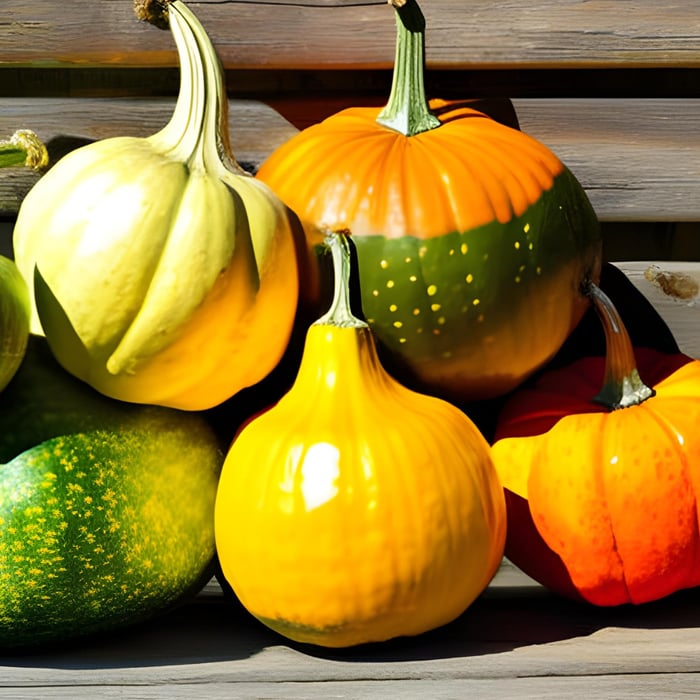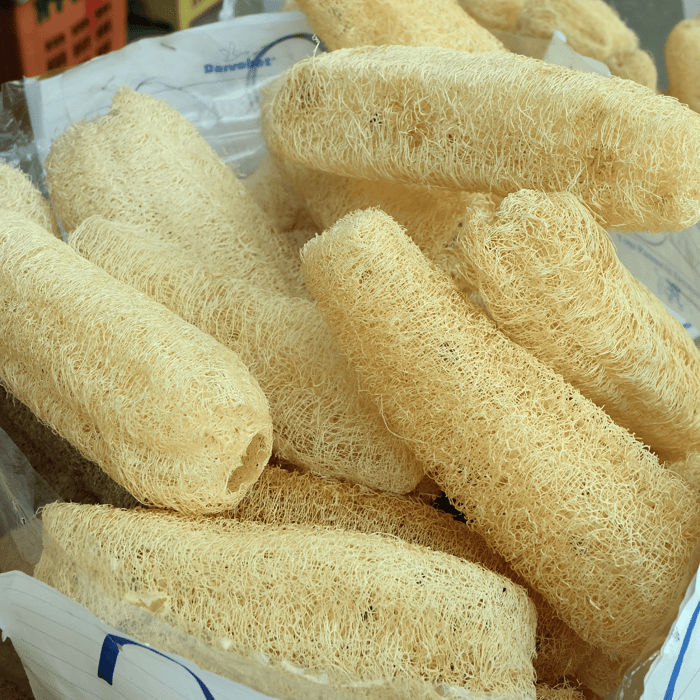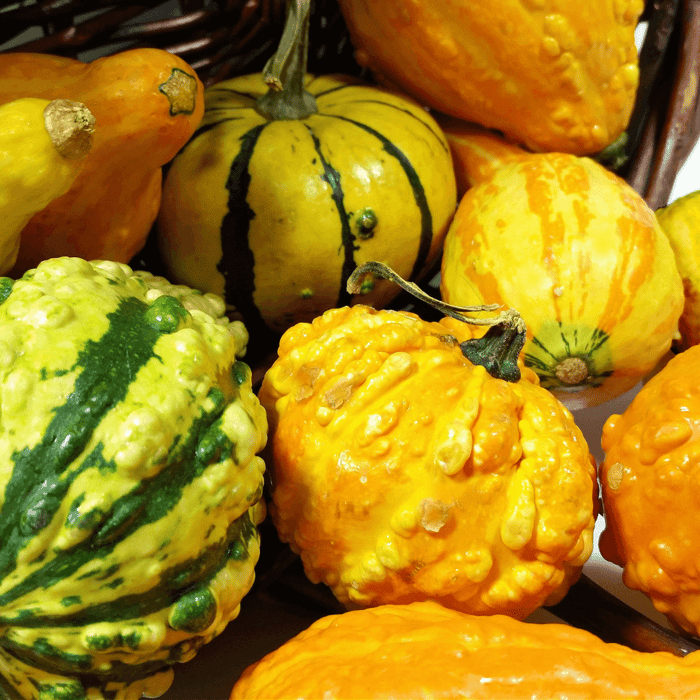Gourds are a fascinating group of plants with a long history of cultivation. They belong to the Cucurbitaceae family, which also includes cucumbers, pumpkins, and squash. Gourds come in a wide range of shapes, sizes, and colors, and are used for various purposes, such as making musical instruments, birdhouses, utensils, and decorative items. In this article, we will explore how to grow gourds successfully, from choosing the right varieties to harvesting and using them.
Choosing the Right Gourd Varieties
Gourds are classified into several types based on their uses, growth habits, and shapes. Some of the most popular gourd varieties include:
- Bottle gourds: These are large, elongated gourds with a rounded base and a narrow neck. Bottle gourds are commonly used for making musical instruments, such as banjos, guitars, and maracas, due to their unique sound qualities.
- Cucuzzi gourds: Also known as Italian edible gourds, cucuzzi gourds are long and cylindrical with light green skin. They are edible when young and tender, and can be used in a variety of dishes, such as soups, stews, and stir-fries.
- Luffa gourds: Luffa gourds are also called sponge gourds due to their fibrous interior, which can be used as a natural scrubber or sponge. Luffa gourds are long and cylindrical and can grow up to 12 inches long.
- Ornamental gourds: These are small, colorful gourds that are primarily used for decorative purposes, such as table centerpieces, wreaths, and fall decorations. Ornamental gourds come in various shapes, sizes, and colors, and can be dried and preserved for long-term use.
- Birdhouse gourds: These gourds are large and round with a small opening at one end. They are used for making birdhouses, which provide shelter for birds and add an attractive element to gardens.
Starting Gourd Seeds
Gourd seeds are easy to grow and require minimal care. They can be started indoors or directly sown in the garden, depending on the climate and growing conditions. Here's how to grow gourd seeds and start indoors:
- Fill a seed tray or small pots with well-draining potting soil.
- Plant two to three seeds per pot or cell, about 1 inch deep.
- Water the soil lightly and cover the pots with plastic wrap or a dome to retain moisture.
- Place the pots in a warm, bright location, such as a windowsill or under grow lights.
- Once the seeds germinate and produce true leaves, thin them down to the strongest seedling per pot.
If you prefer to sow gourd seeds directly in the garden, wait until the danger of frost has passed and the soil temperature reaches at least 65°F. Sow the seeds 1 inch deep and 3 feet apart in well-draining soil. Keep the soil moist but not waterlogged, and provide a trellis or support system for the vines to climb.
Caring for Gourd Vines
Gourd vines are vigorous growers and can quickly take over a garden if not managed properly. Here are some tips for caring for gourd vines:
- Provide support: Gourd vines need a sturdy trellis or support system to climb and stay off the ground. You can use bamboo poles, wire cages, or a fence as a support structure.
- Water regularly: Gourd plants need consistent moisture to grow well, especially during hot and dry weather. Water the plants deeply once or twice a week, depending on the soil moisture level and weather conditions. Avoid overwatering, as this can lead to root rot and fungal diseases.
- Fertilize sparingly: Gourds don't require heavy fertilization, as too much nitrogen can lead to excessive foliage growth and fewer fruits. Instead, use a balanced fertilizer or compost tea every two to three weeks during the growing season.
- Watch for pests: Gourd plants are susceptible to several pests, such as cucumber beetles, squash bugs, and vine borers. Check the plants regularly for signs of infestation, such as yellowing leaves, wilting, and holes in the foliage. Use organic insecticides or handpick the pests to prevent further damage.
Harvesting and Using Gourds
Gourds take about 80-120 days to mature, depending on the variety and growing conditions. Here's how to harvest and use gourds:
- Check for ripeness: Gourds are ready to harvest when the stem dries out, and the skin becomes hard and durable. The gourds should sound hollow when tapped, and the seeds should be brown and dry.
- Cut the gourds: Use a sharp knife or pruning shears to cut the gourds from the vine, leaving a few inches of stem attached. Be careful not to damage the skin or the interior.
- Cure the gourds: After harvesting, gourds need to be cured to dry out and harden the skin. Place the gourds in a warm, dry location for 2-4 weeks, and turn them occasionally to ensure even drying. Curing helps prevent mold and decay and prolongs the shelf life of the gourds.
- Use the gourds: Once the gourds are fully cured, they can be used in a variety of ways, depending on the type of gourd. Bottle gourds can be made into musical instruments, such as banjos, didgeridoos, and shakers. Luffa gourds can be peeled to reveal the fibrous interior, which can be used as a natural sponge or scrubber for skin and dishes. Ornamental gourds can be painted, carved, or decorated to make unique and creative crafts, such as birdhouses, bowls, and dolls.
Conclusion
Growing gourds is a fun and rewarding hobby that can yield a diverse and interesting harvest. By selecting the right gourd varieties, starting seeds indoors, providing support and care for the vines, and harvesting and using the gourds properly, you can enjoy the benefits of these versatile plants. Gourds are not only functional but also decorative and can add a unique touch to your home and garden. Whether you're a seasoned gardener or a beginner, growing gourds is a great way to explore the wonders of nature and create something truly special. We hope you are excited to grow gourds now that you know how to grow gourds.
Frequently Asked Questions
The best time to plant gourd seeds is after the danger of frost has passed and the soil temperature has reached at least 65°F. This is usually in late spring or early summer, depending on the climate and region.
- Do gourds need full sun or partial shade?
Gourds prefer full sun and warm temperatures to grow and produce fruit. They need at least 6-8 hours of direct sunlight per day to thrive. Partial shade can lead to slower growth and lower yields.
- Can you eat gourds?
Some gourds, such as luffa and cucuzzi gourds, are edible when young and tender, and can be used in various dishes. However, most gourds are not edible due to their tough and fibrous texture and bitter taste. It's best to research the specific type of gourd before consuming it.
- How often should I water my gourd plants?
Gourd plants need regular and consistent moisture to grow well, especially during hot and dry weather. Water the plants deeply once or twice a week, depending on the soil moisture level and weather conditions. Avoid overwatering, as this can lead to root rot and fungal diseases.
- How do I prevent pests from attacking my gourd plants?
Gourd plants are susceptible to several pests, such as cucumber beetles, squash bugs, and vine borers. To prevent infestations, keep the garden clean and weed-free, rotate crops, and use organic insecticides or repellents. Check the plants regularly for signs of damage or infestation, such as yellowing leaves, wilting, and holes in the foliage.
- How do I cure and store gourds?
To cure gourds, place them in a warm, dry location, such as a sunny windowsill or a shed, for 2-4 weeks. Turn the gourds occasionally to ensure even drying and air circulation. Once the gourds are fully cured, store them in a cool, dry, and dark place, such as a pantry or a cellar, away from moisture and sunlight. Avoid stacking the gourds, as this can cause bruising and rotting.
7. Can I grow gourds in containers?
Yes, you can grow some gourd varieties in containers if you have limited space or want to move the plants around. Choose a large container that can hold at least 5 gallons of soil, and fill it with a well-draining potting mix. Plant one to two gourd seeds per container and keep the soil moist but not waterlogged. Provide support for the vines to climb, such as a trellis or a stake.
- How long do gourd plants live?
Gourd plants are annuals, which means they complete their life cycle within one growing season. They grow, flower, produce fruit, and die within 80-120 days, depending on the variety and growing conditions. However, gourd seeds can be saved and planted the following year for a new crop.
- Can I grow different types of gourds together?
Yes, you can grow different types of gourds together in the same garden bed, as long as they have similar growing requirements and don't cross-pollinate. However, it's best to space the plants at least 3 feet apart to prevent overcrowding and competition for nutrients.
- How do I know if my gourd plants are male or female?
Gourd plants have separate male and female flowers, and both are required for fruit production. Male flowers have long, slender stems and no swelling at the base, while female flowers have a small swelling or immature fruit at the base. The swelling will grow into a mature fruit if pollinated successfully. Bees and other insects are the main pollinators of gourd plants, but you can also hand-pollinate the flowers using a small brush or cotton swab.
- How do I save gourd seeds for planting?
To save gourd seeds for planting, wait until the gourds are fully mature and the skin is hard and dry. Cut the gourds open and scoop out the seeds, which should be brown and fully mature. Rinse the seeds in water and spread them on a paper towel to dry completely. Store the seeds in a cool, dry, and dark place, such as an envelope or a glass jar, labeled with the variety and date.
We hope this guide has provided you with valuable information on how to grow gourds successfully. Remember to choose the right gourd varieties, start seeds indoors, provide support and care for the vines, and harvest and use the gourds properly. With a little patience and effort, you can enjoy the beauty and versatility of these unique plants.







